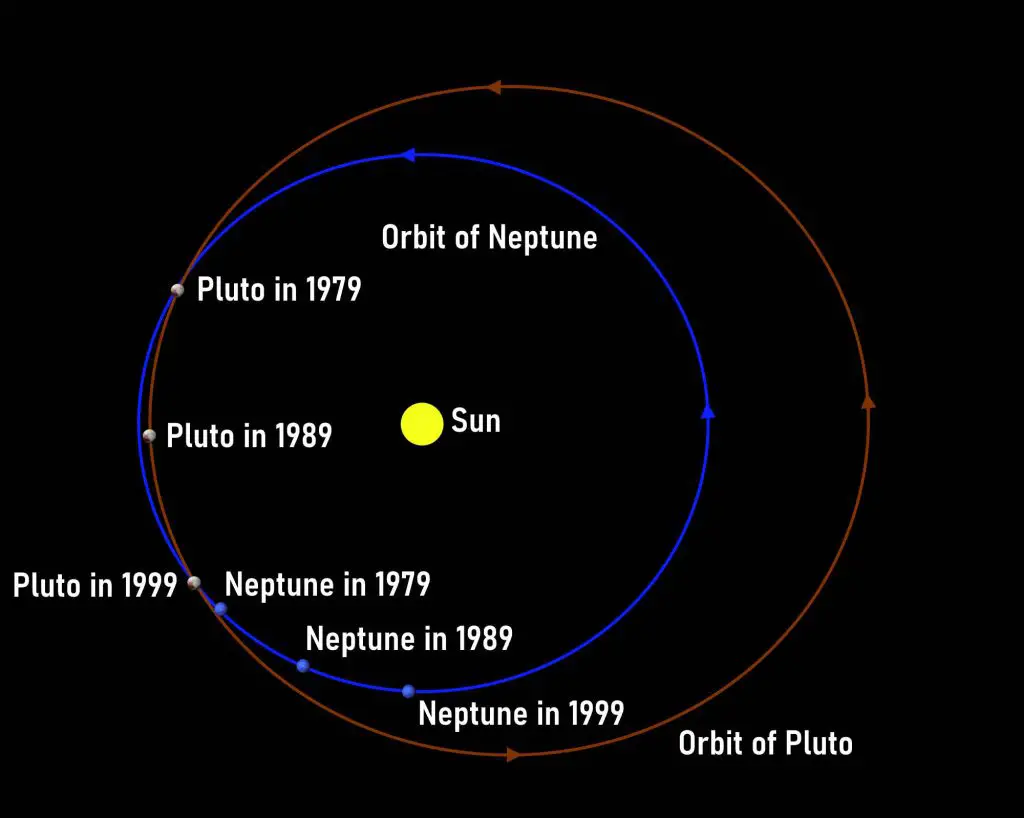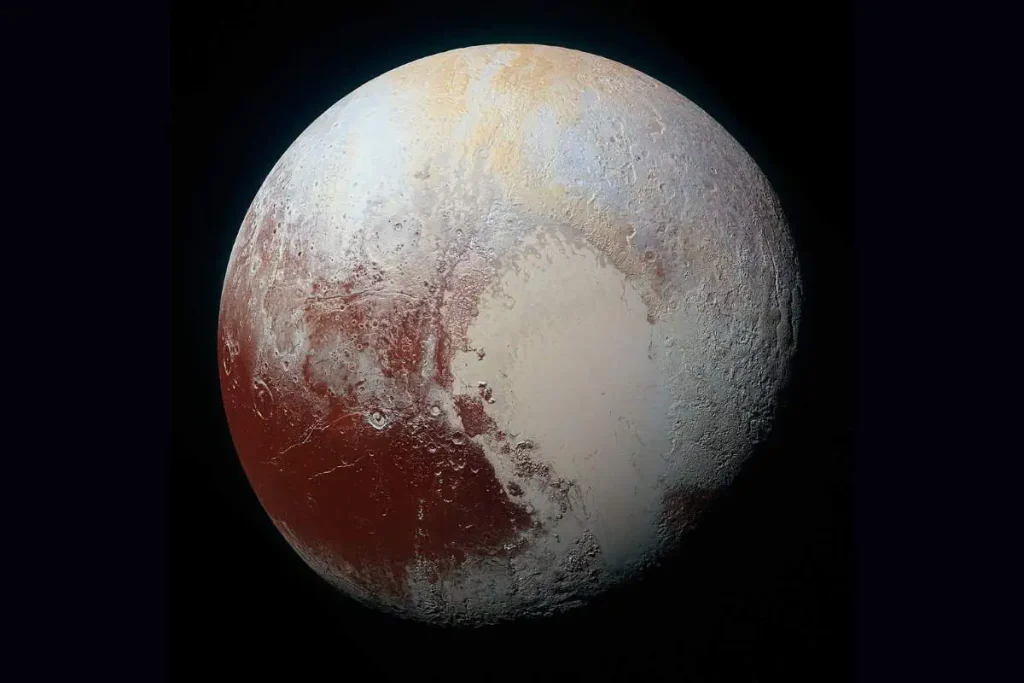On January 21, 1979, a rare phenomenon occurred in our solar system: Neptune, the 8th planet from the Sun, took over Pluto and became the outermost planet as Pluto moved closer due to their highly elliptical orbits. Pluto was still a planet back then (good old days!).
Today’s (January 21) story of what happened this day in Science, Technology, Astronomy, and Space Exploration history.
Neptune becomes the outermost planet (temporarily)
Neptune‘s average distance from the Sun is about 30 AU (Astronomical Unit). The astronomical unit (AU) is a unit of length, roughly the distance from Earth to the Sun. Since 2012 it has been defined as exactly 149,597,870,700 meters or about 150 million kilometers (93 million miles).
Pluto’s average distance from Sun is 39 AU.
But, From January 21 1979 to March 1999, Pluto was near perihelion (the point when it is closest to the Sun). During this time, Pluto was actually closer to the Sun than Neptune.

Neptune becomes the outermost planet (permanently)
Then, on August 24, 2006, Pluto lost its status as a planet, and Neptune became the outermost planet again, this time permanently (unless there is no Planet Nine).
Sources
- Neptune on Wikipedia
- Moon Landings: All-Time List [1966-2025] - February 2, 2025
- What Is Max-Q and Why Is It Important During Rocket Launches? - January 16, 2025
- Top 10 Tallest Rockets Ever Launched [2025 Update] - January 16, 2025

